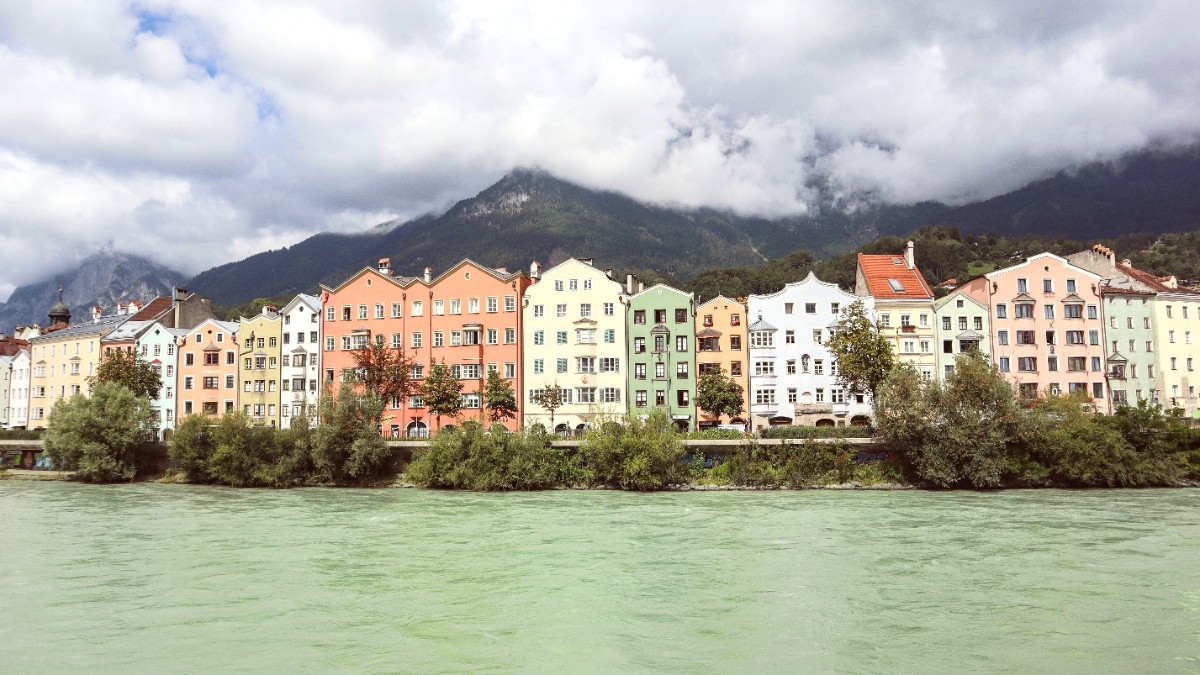
Tirol, Austria
The city's charm comes from its ability to have high-altitude experiences and historical exploration within minutes of each other. Visitors find a welcoming atmosphere, combining traditional Tyrolean hospitality with modern amenities. This guide guides your planning for every aspect of your Innsbruck trip. From knowing the best times to visit to local transportation, we share actionable advice.
Explore the opportunities for adventure that wait, whether skiing down pristine slopes, hiking through lush alpine meadows, or simply enjoying panoramic views from mountain peaks. Beyond the outdoors, immerse yourself in a city that breathes history.
Walk cobblestone streets that once hosted emperors, admire opulent palaces, and visit churches filled with artistic treasures. This destination promises a travel experience for both your sense of adventure and your appreciation for culture. Innsbruck is more than a place to visit; it is a setting for creating lasting memories, surrounded by natural beauty and human ingenuity.
Innsbruck sits in the Inn Valley, a broad basin carved by the Inn River, within the federal state of Tyrol, in western Austria. Its geographical position is distinctive. High mountain ranges flank the city on both sides, creating a dramatic backdrop to the urban landscape. To the north, the Nordkette mountain range, part of the Karwendel Alps, rises abruptly, forming a natural wall.
The Inn River, a tributary of the Danube, flows from west to east through the city, giving Innsbruck its name ("bridge over the Inn"). Today, pleasant walking and cycling paths line its banks, for easy access to different parts of the city and views of colorful buildings that line the riverfront. The clear, sometimes turquoise, waters of the Inn originate from glacial melt and mountain springs, reflecting the purity of the alpine environment.
Approximately 574 meters (1,883 feet) above sea level.
Reaches 2,334 meters (7,657 feet), accessible by cable car from the city.
Immediate proximity to high alpine terrain means conditions can change quickly.
Development extends along the river and up gentle valley slopes.
Gateway to Karwendel Alpine Park and other Tyrolean valleys.
To the south, the lower but still prominent peaks of Patscherkofel and Serles define the skyline. This unique setting, with a major river flowing through a valley surrounded by towering peaks, makes Innsbruck a natural hub for alpine activities and a city of picturesque views.
The steep mountain faces act as natural boundaries, creating a compact city center. Most attractions are accessible on foot or with short public transport rides.
Innsbruck’s geographical context makes it a gateway to the broader Tyrolean Alps, a base for exploring the region's natural parks, including Karwendel Alpine Park.
The landscape itself is a defining characteristic, with endless inspiration and opportunities for outdoor engagement.
Innsbruck's history stretches back to Roman times, but its prominence grew significantly during the Middle Ages. The city's strategic location, controlling important trade routes over the Alps, made it a valued possession. The Inn Bridge, built in the 12th century, gave the city its name and formed an important link in trans-alpine commerce.
By the 15th century, Innsbruck became a main residence of the Habsburg dynasty, transforming it into an imperial city.
He had a formative role, moving the imperial court to Innsbruck and commissioning the Golden Roof.
She started Baroque renovations of the Imperial Palace and commissioned the Triumphal Arch.
A local patriot, he led a Tyrolean rebellion during the Napoleonic Wars.
In the 20th century, Innsbruck hosted the Winter Olympics twice, in 1964 and 1976. This recognition as an Olympic city solidified its reputation as a premier winter sports destination.
Innsbruck captures the essence of an European alpine city, giving visitors a concentrated experience of nature, history, and culture. This duality defines Innsbruck, with an unique appeal for diverse interests. It is a place where you can ski in the morning and explore a medieval Old Town in the afternoon.
The city’s main attractions are easily accessible, making it a fitting destination for travelers.
The Golden Roof is the Old Town's centerpiece. The Imperial Palace (Hofburg) and the Court Church (Hofkirche) take you into the city's royal past.
These sites window centuries of Austrian imperial life.
Check opening hours, as they may vary seasonally.
Innsbruck has direct access to the Nordkette mountain range. Modern cable cars transport you from the city center to high alpine peaks in minutes.
This quick ascent into the mountains gives opportunity for hiking, skiing, or views.
Mountain weather changes quickly; pack layers.
Innsbruck has authentic cultural experiences. Try Tyrolean specialties like Tiroler Gröstl in a traditional Gasthaus. The city also hosts various cultural events.
Enjoy local cuisine and festive Christmas markets.
Some festivals may cause increased crowd levels.
| Category | Description | Benefit |
|---|---|---|
| Innsbruck Card | Free entry to major attractions and unlimited public transport. | Simplifies ticketing and offers good value. |
| Public Transport | Efficient system of buses and trams across the city. | Navigation is simple and accessible. |
| Day Trips | Visit charming towns like Hall in Tirol or Swarovski Crystal Worlds. | Wider Tyrol region exploration is easy. |